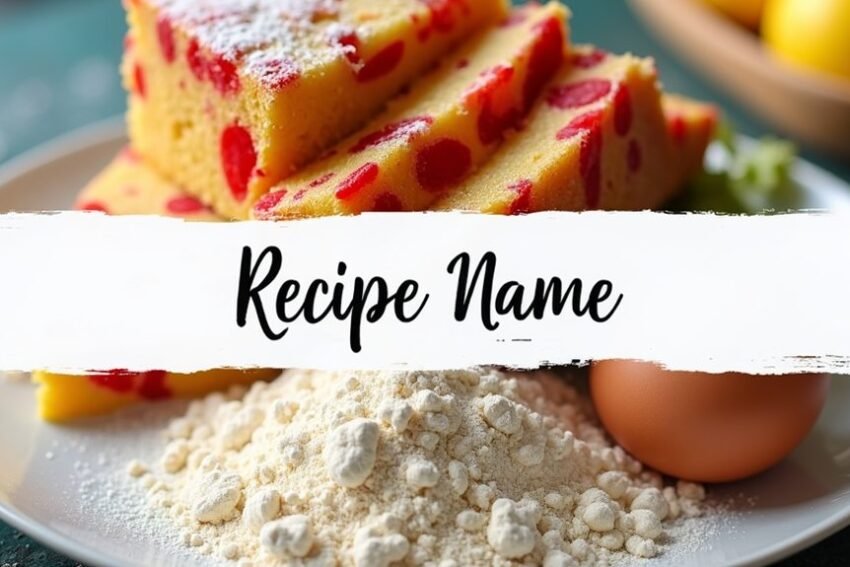Fun Recipe Writing Tips for Kids
Fun Recipe Writing Tips for Kids
You might think writing recipes for kids is the most intimidating task in the universe, but it’s actually a fun and rewarding endeavor. You’ll want to start with a recipe that sparks their interest, but there’s so much more to reflect on—like how to make the instructions clear and engaging. Imagine including illustrations or personal stories that turn the cooking process into an adventure. As you investigate these creative strategies, you’ll find that every step can help boost a child’s confidence and enthusiasm in the kitchen, revealing their potential as little chefs.
Key Takeaways
- Start with a fun and simple recipe to spark interest in cooking and build confidence in kids’ skills.
- Use catchy titles and playful language to make the recipe inviting and engaging for young cooks.
- Include clear ingredient lists and step-by-step instructions that are easy to follow for better comprehension.
- Encourage creativity by allowing kids to explore flavors and add their own twists to the recipes.
- Incorporate illustrations or fun stories within the recipes to enhance engagement and make cooking more enjoyable.
History
When you immerse yourself in the history of recipes, you’ll find that they’ve evolved dramatically over thousands of years. The journey began with the first recorded recipes, found on cuneiform tablets in ancient Mesopotamia, dating back to 1730 BC. Initially, recipes were shared orally within families and documented by royals or the wealthy.
As time passed, distinct national cuisines emerged during the 17th and 18th centuries. Middle-class homemakers began to journal their family recipes, ensuring culinary traditions were preserved for future generations.
With industrialization and the spread of literacy in the 19th century, written documentation of recipes became common. Influential figures like Fannie Farmer established standardized formats, introducing precise measurements and clear ingredient listings. This shift allowed for consistent results in cooking, making favorite family dishes more reliable.
Eliza Acton followed suit, transforming the format by placing ingredients separately from the method.
The evolution of recipe writing focused on clarity, as formats shifted from narrative styles to structured lists. As cookbooks became widely published, competition arose, leading to innovative recipes and methods.
Historical recipes not only preserve culinary traditions but also provide insights into the cultural significance of food throughout human history.
Recipe
Recipe Writing Tips for Kids
Cooking can be a fun and rewarding activity for kids, especially when they learn to write their own recipes. It helps them understand the structure of cooking, the ingredients involved, and how to express their creativity in the kitchen. By following some simple guidelines, children can develop their recipe writing skills and enjoy the process of making delicious dishes.
Starting with easier recipes is key to building confidence. This allows kids to grasp the basics of measuring ingredients, following instructions, and understanding cooking techniques. Learning to write a recipe can help improve their understanding of the cooking process.
Encouragement and exploration are essential, as children can choose their favorite flavors and experiment with different combinations.
Ingredients:
– 2 cups of flour
– 1 cup of sugar
– 1/2 cup of butter (softened)
– 2 eggs
– 1 cup of milk
– 2 teaspoons of baking powder
– 1 teaspoon of vanilla extract
– A pinch of salt
Instructions:
Start by preheating your oven to 350°F (175°C). In a large mixing bowl, cream the softened butter and sugar together until light and fluffy.
Next, add the eggs one at a time, mixing well after each addition. Stir in the milk and vanilla extract.
In a separate bowl, whisk together the flour, baking powder, and salt. Gradually mix the dry ingredients into the wet mixture until just combined.
Pour the batter into a greased cake pan and bake in the preheated oven for 25-30 minutes or until a toothpick poked in the center comes out clean.
Extra Tips:
When cooking, always remember to wash your hands before handling food, and be cautious of hot surfaces.
Kids should be supervised when using the oven or any sharp utensils. Experimenting with different flavors, like adding chocolate chips or fruit, can make the recipe even more exciting.
Finally, let the cake cool before decorating to guarantee a beautiful presentation!
Final Thoughts
Finalizing your recipe writing journey is an exciting step that showcases all your hard work and creativity. As you wrap up, guarantee you’ve accurately captured every element of your recipe. Here’s a quick checklist to guide you:
-
Step-by-Step Review: Check that each action is clearly outlined, mentioning all required tools.
-
Ingredient Accuracy: Verify that ingredient measurements are correct and properly listed.
-
Clarity: Keep your instructions straightforward, using short, easy-to-understand sentences.
-
Safety Considerations: Don’t forget to include safety tips, especially concerning cooking and sharp objects.
-
Visuals: Add illustrations or pictures to improve engagement and understanding.
Next, refine your recipe by focusing on readability and consistency. Look for errors in spelling and punctuation, and consider sharing it with family for feedback. Also, remember to utilize a checklist of required recipe elements to ensure essential recipe features are included.
Once you’ve crafted your final draft, write it out in your best handwriting, and let your creativity shine!
Finally, don’t forget to share your recipe with friends and family. Reflect on what you’ve learned through this process; it’s crucial to welcome your growth in both writing and cooking.
Keep experimenting, adapting, and enjoying this creative journey!
FAQ
Cooking can raise a lot of questions, especially for kids enthusiastic to try their hand at recipe writing. Here are some frequently asked questions that might help guide you along the way.
1. How do I choose a recipe?
Select simple recipes that genuinely excite you, like ice cream sundaes or no-bake cookies.
2. What’s essential in a kid-friendly recipe?
– A catchy title, such as “Magic Milkshake.”
– A clear list of ingredients with precise measurements.
– Step-by-step instructions organized logically.
– Tools and utensils needed for the recipe, including safety tips.
– A detailed ingredient list helps ensure accuracy and prevents confusion.
3. How can I make it fun?
Engage creatively! Draw a picture of your finished dish or weave storytelling into your recipe.
4. What resources should I use?
Look into children’s cooking websites and kid-friendly cookbooks for inspiration.
5. How can I guarantee my recipe is clear?
Focus on clarity and accuracy. Practice writing your recipe, revising it to make sure someone else can follow it easily.

